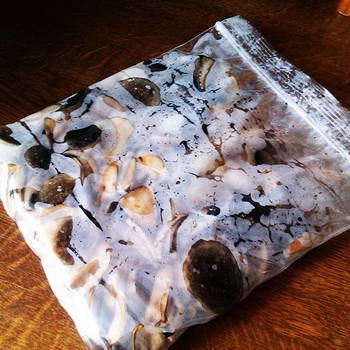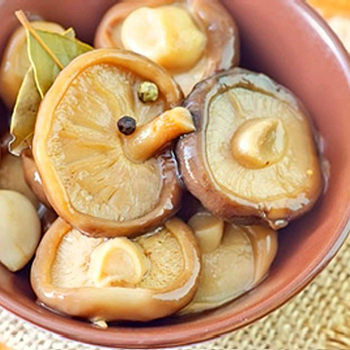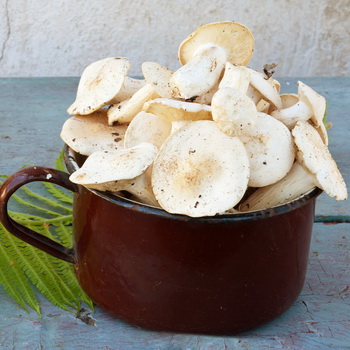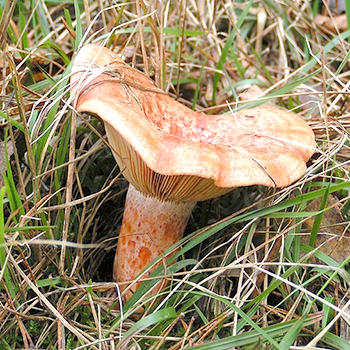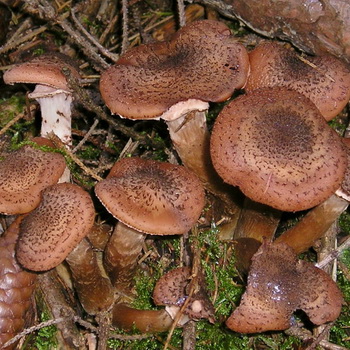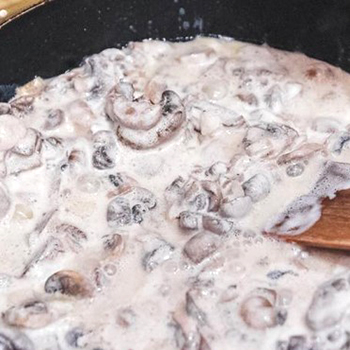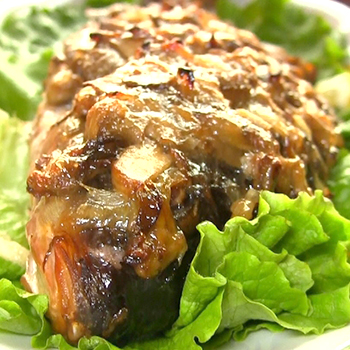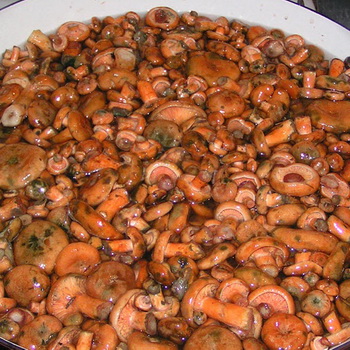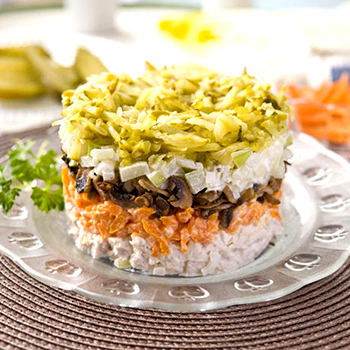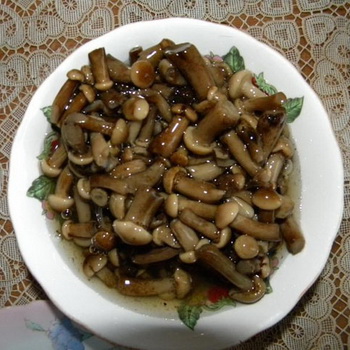Chanterelle tubular - a type of lamellar mushrooms: photo and description
 Mushroom pickers are very fond of collecting chanterelles, because they are practically not affected by insects. In addition, its aroma and taste are top notch. All types of mushrooms can be tubular or lamellar, the chanterelle belongs to the lamellar. You can see this feature by looking at the underside of the cap.
Mushroom pickers are very fond of collecting chanterelles, because they are practically not affected by insects. In addition, its aroma and taste are top notch. All types of mushrooms can be tubular or lamellar, the chanterelle belongs to the lamellar. You can see this feature by looking at the underside of the cap.
Chanterelle or funnel-shaped is a common edible mushroom of the chanterelle family. Below are photographs, as well as a detailed description of this type of fruit bodies.
Edible chanterelle mushroom
Latin name:Cantharellus tubaeformis.
Family: Chanterelle.
Synonyms: funnel-shaped chanterelle, tubular chanterelle, funnel-shaped chanterelle, tubular chanterelle, tubular cantarella.
Hat: small in size, up to 4 cm in diameter, sometimes up to 6 cm, even or convex. With age, it stretches and acquires a funnel-shaped shape. In the photo of the tubular chanterelle, it can be seen that the edges of the cap are wavy, strongly tucked up:


The surface is uneven, grayish-yellow in color, covered with dark velvety scales.
Leg: up to 8 cm in height and 3-8 mm in thickness, cylindrical, often squeezed on the sides, tubular, hollow, smoothly turning into a cap. The color of the leg is yellow, chrome yellow, dims with age.
Pulp: thin, dense, elastic, white or yellowish. Has an earthy pleasant aroma, slightly bitter taste. Adult specimens have an unpleasant aftertaste, so it is not advisable to collect them.
Plates: presented in the form of "false plates", ie, a branched network of vein folds, smoothly descending to the pedicle, the color of the plates is light gray, inconspicuous. Looking under the hat, you can just see what kind of chanterelles are in their structure: tubular or lamellar.
Edibility: edible gourmet mushroom of the 2nd category. Has the same value as the common chanterelle. It is used in cooking for various processing processes: frying, boiling, drying, pickling, salting, etc. Sometimes the fruit body is considered to be of low quality due to the harsh pulp, but this feature is solved by heat treatment.
Similarities and differences between the tubular chanterelle and other mushrooms
Similarities and differences: fortunately, the tubular chanterelle has no poisonous counterparts, so there is no risk of poisoning with this fungus. Both of the species mentioned below are edible and widely used in cooking.


The tubular chanterelle looks like yellowing chanterelle(Cantharellus lutescens), however, the latter has a less branched and weakly protruding hymenophore.


Funnel maker gray (Craterellus cornucopioides) also similar to funnel chanterelle. The difference is the dull and much darker coloration of the funnel hopper. In addition, this representative has a smooth hymenophore.
Spreading: mixed and coniferous forests located throughout Russia and Ukraine. The tubular chanterelle grows in groups from spring to late autumn. The peak of collection is in the months of August and October.

